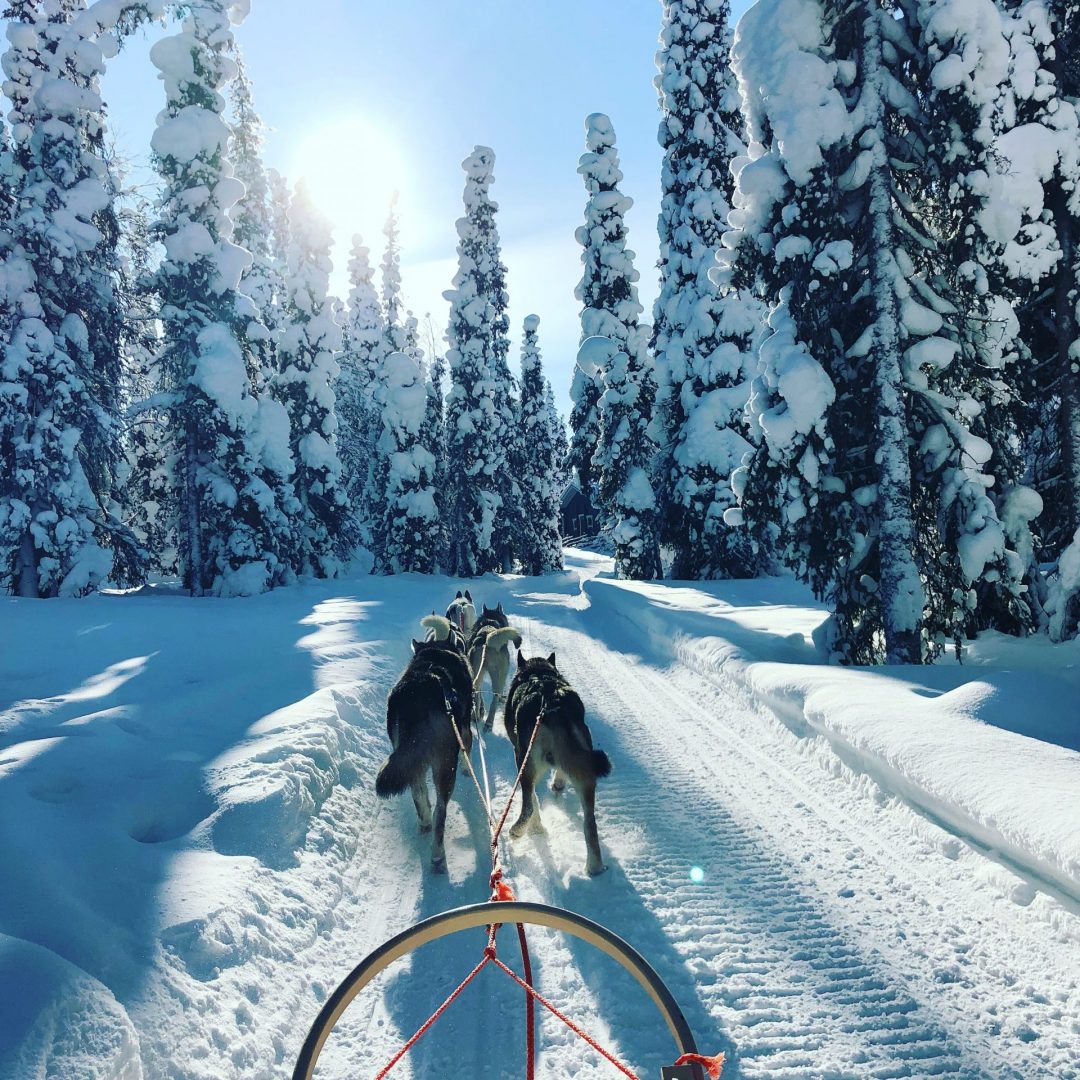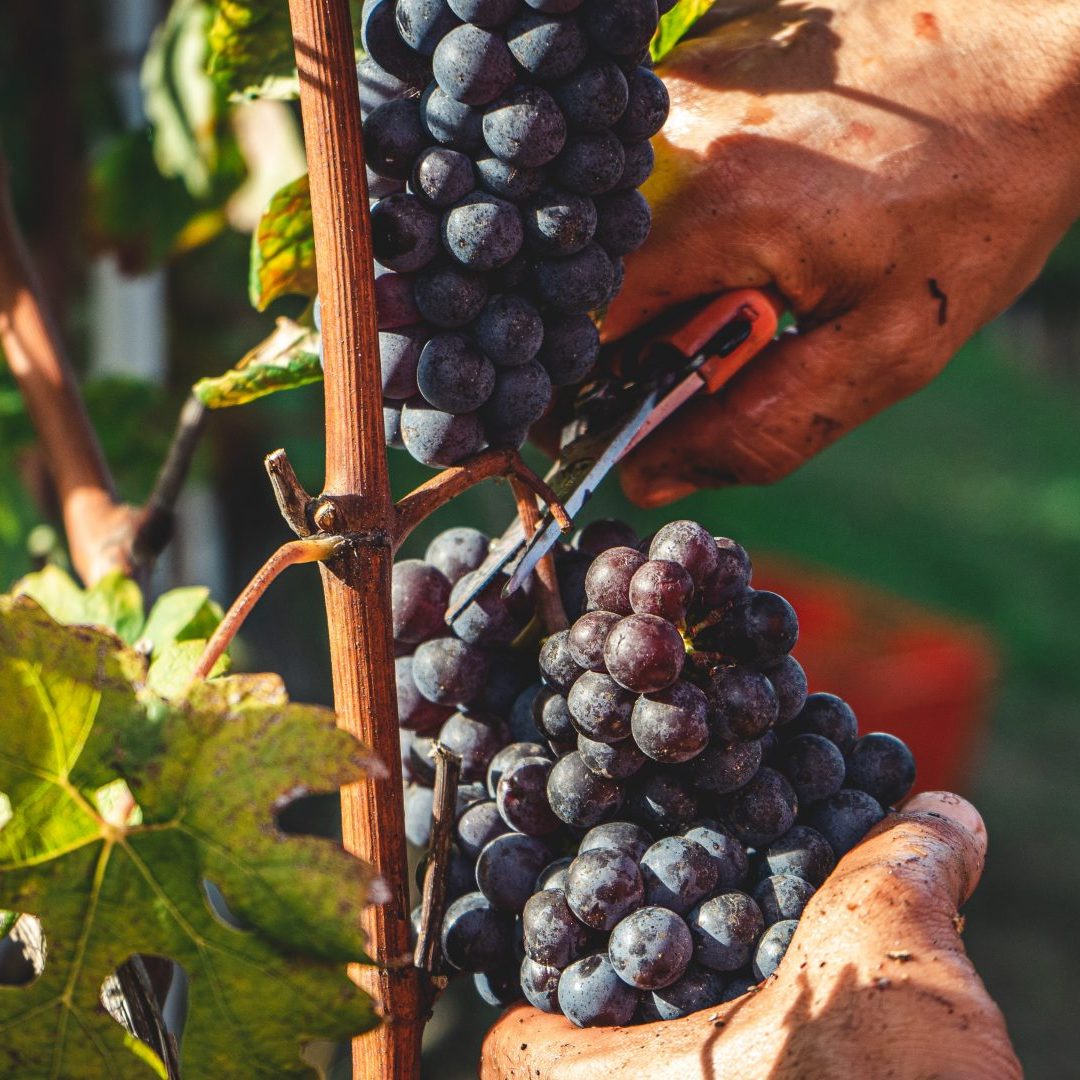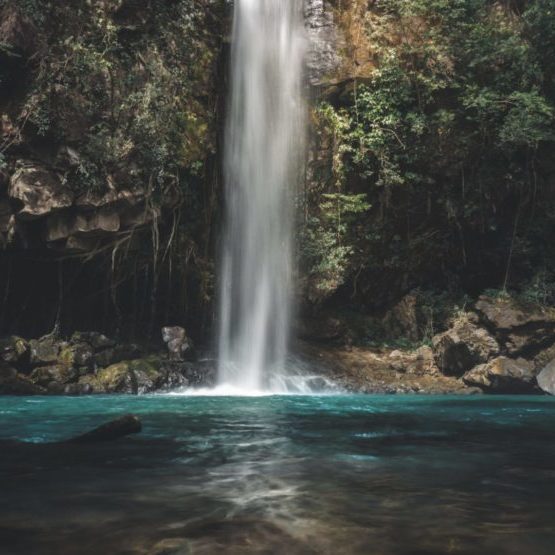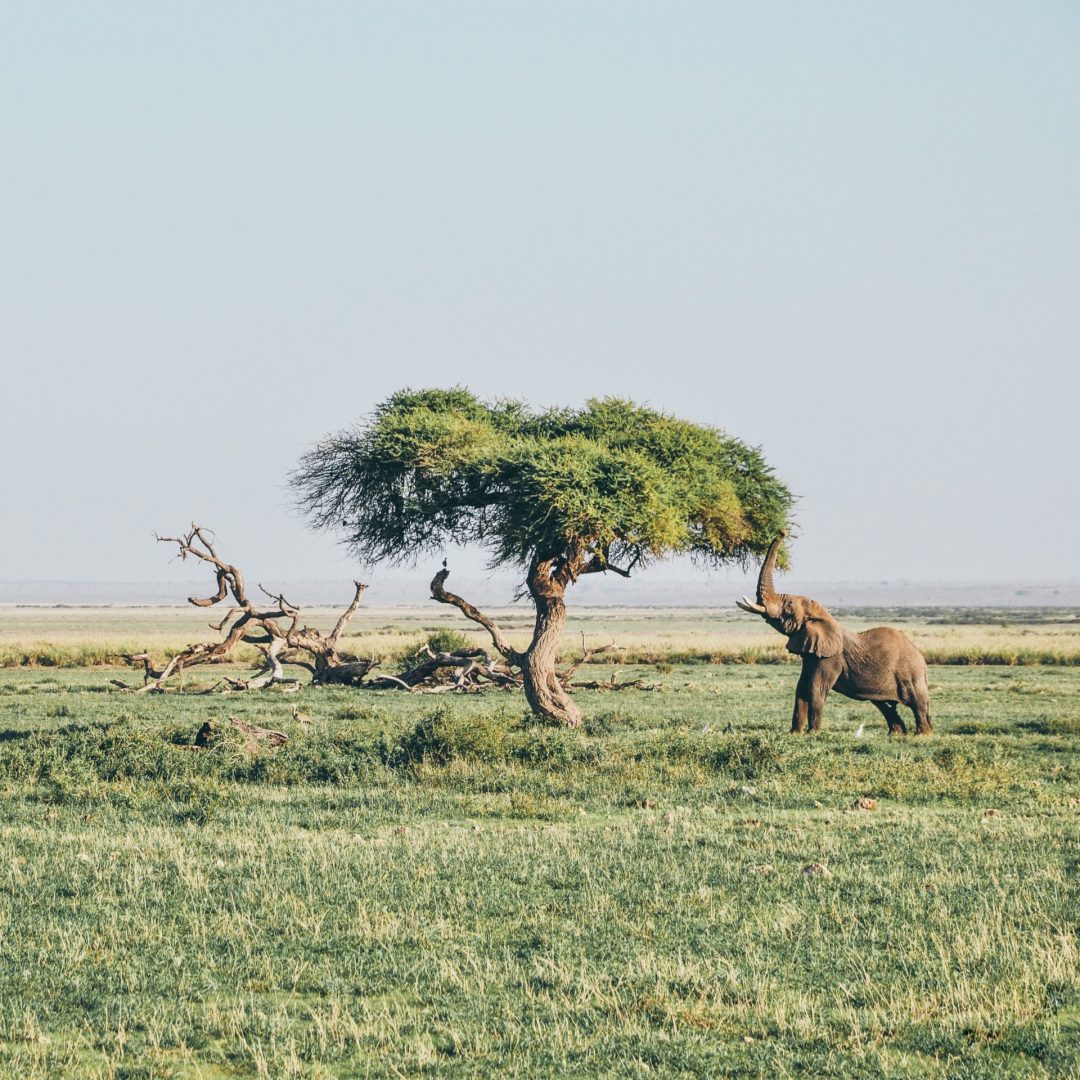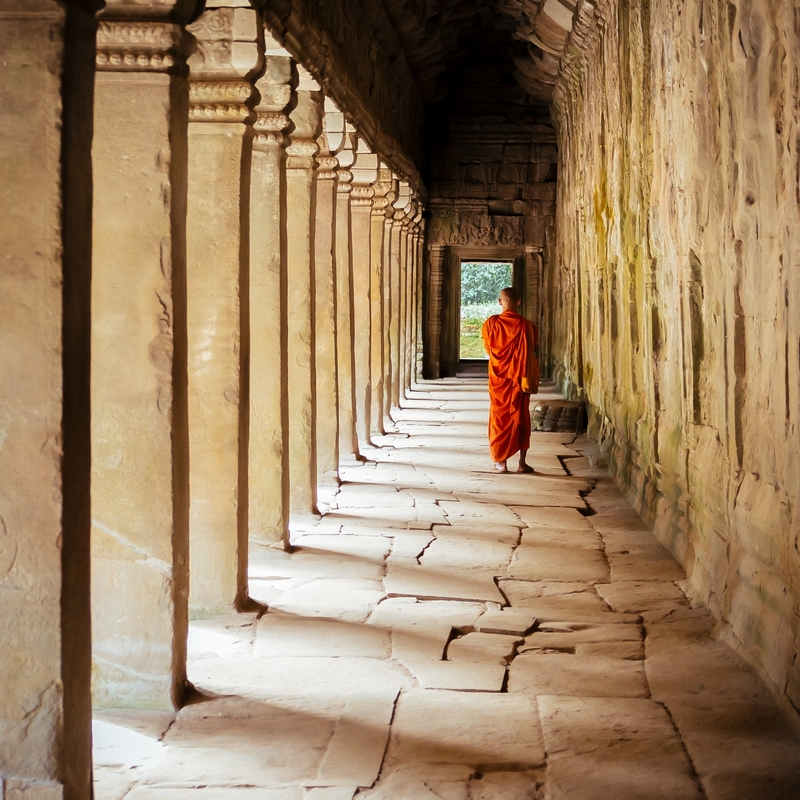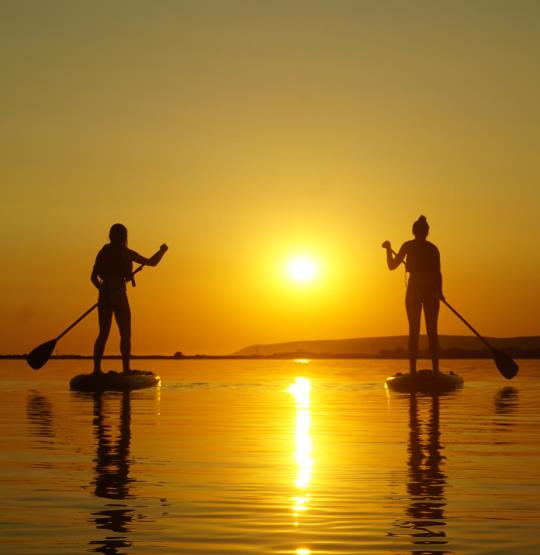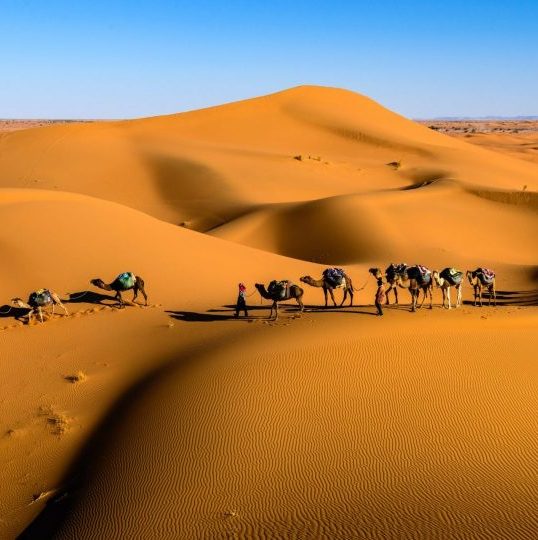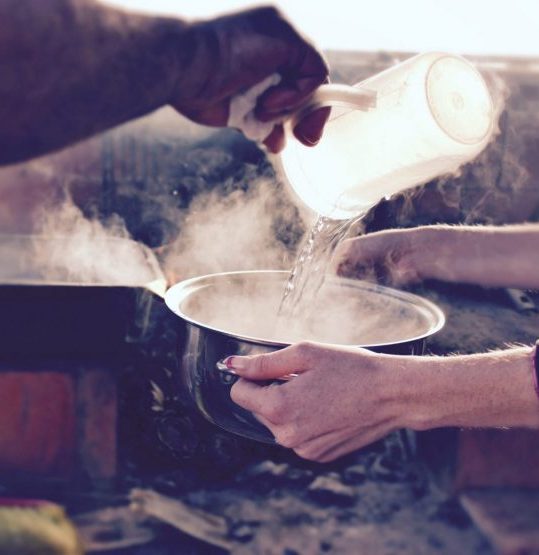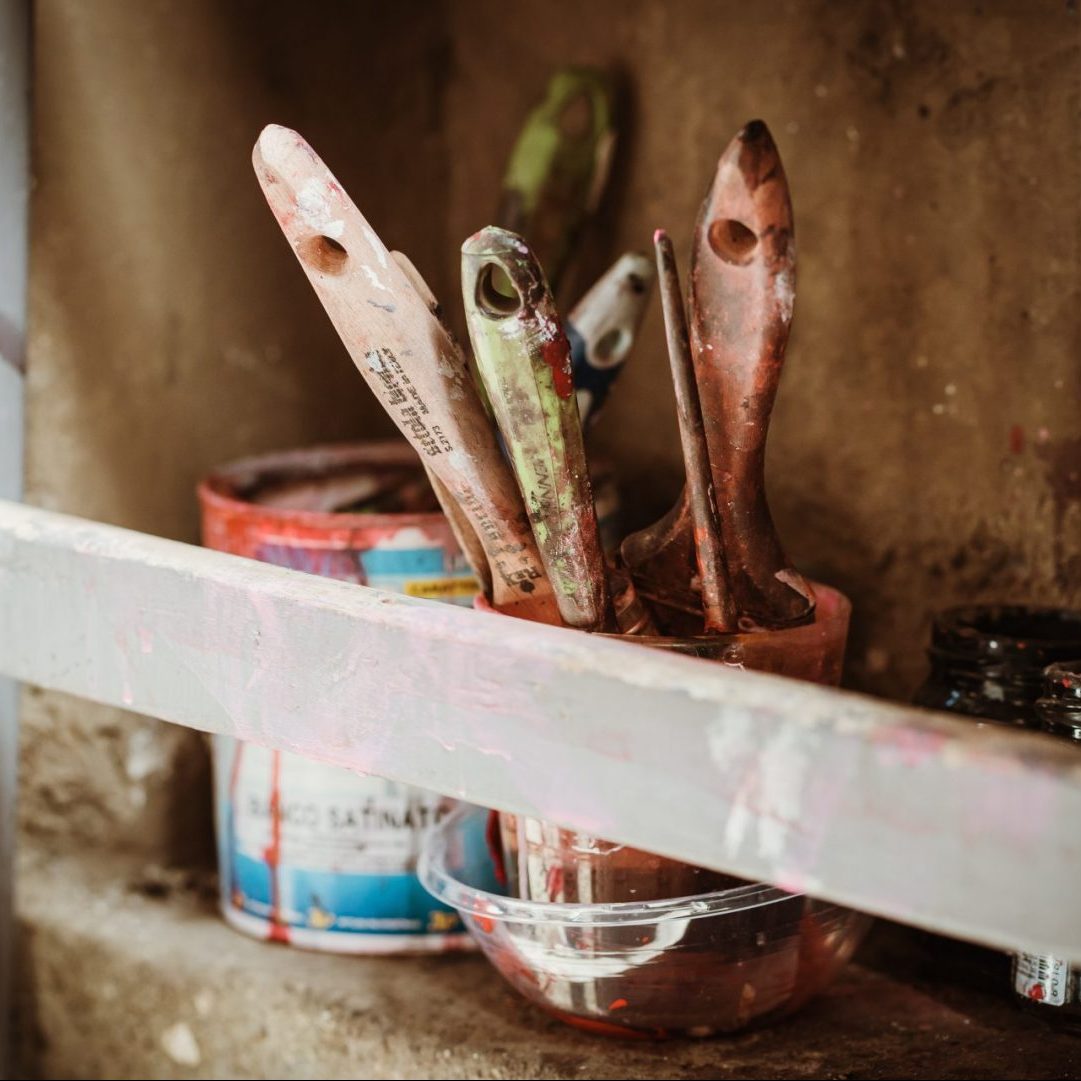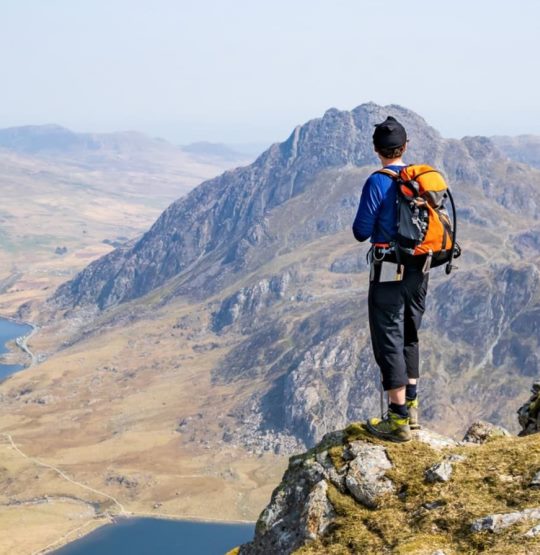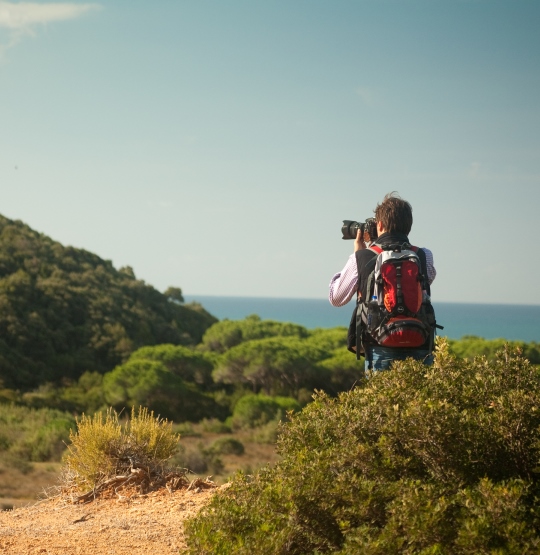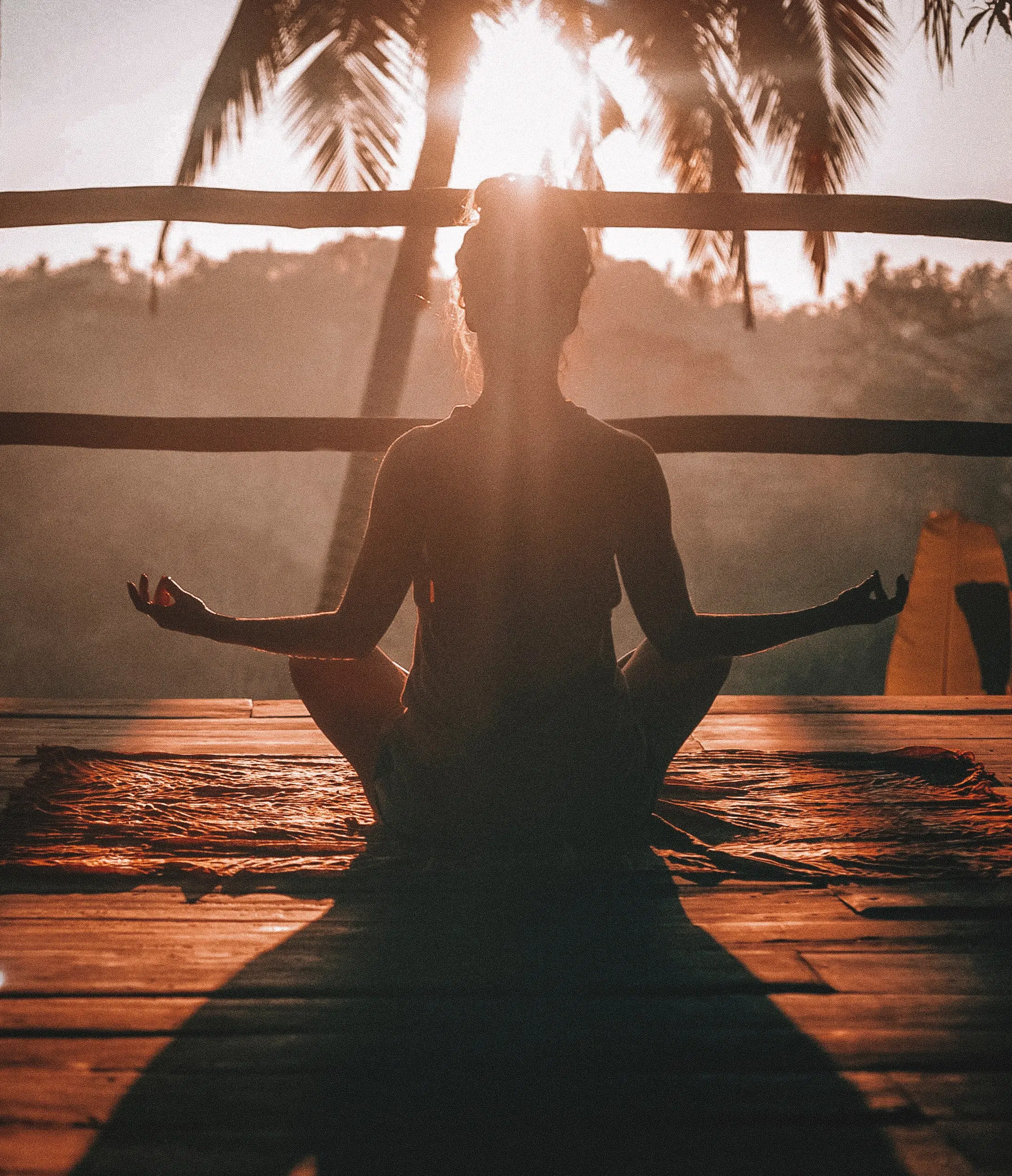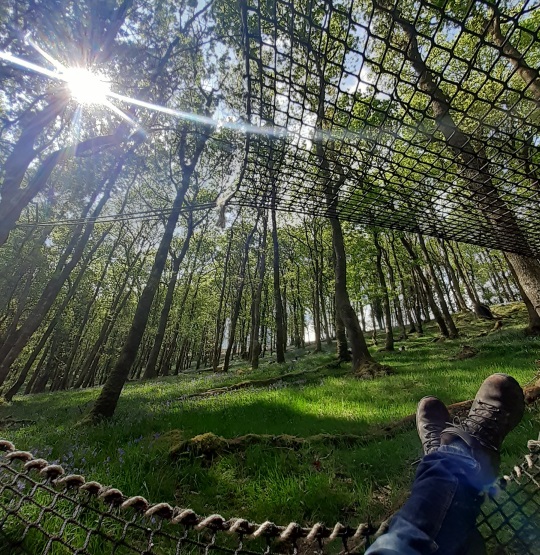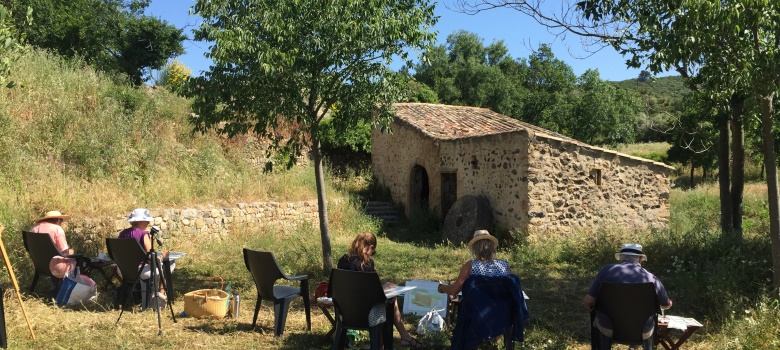Taking up a new hobby, like painting, can be exciting yet daunting at the best of times but throw in equipment and new terminology and it can feel a bit overwhelming before you have even started.
FEAR NOT! We have teamed up with Simon Roberts, our painting holiday tutor in France, to ask him some important questions beginner painters may ask.
Simon is a watercolour artist who honed his skills working as a commercial illustrator and storyboard artist.
Seven years ago, Simon moved, with his wife Monica, to the Languedoc region of France where he has continued to work remotely for production companies and advertising agencies, as well as nurturing his love of drawing and painting ‘en plein air’. For the past 4 years, Simon has been running watercolour and drawing workshops based from his studio in Pouzolles in the south of France.
Simon has participated in a number of exhibitions including a solo exhibition of smoking icons from the silver screen at the Tobacco Factory in Bristol. He was also the guest artist at the annual exhibition at the Chateau in Laurens in 2014, as well as partaking in a number of local exhibitions.
1. What’s the difference between watercolours, oils, and acrylics?
Watercolour paints are pigments suspended in gum arabic and are water soluble. Acrylic paints are also water-soluble, but become water-resistant when dry. Like watercolour paints, you can paint using thin layers but you can also apply the paint thickly. Oil paints have pigments suspended in a drying oil, commonly linseed oil. They have similar characteristics to acrylic paint although you’ll be working with toxic solvents and mediums and the drying time is much longer.
a. Is one easier to use in your opinion?
I’d say that acrylic paint is the most versatile. Simpler to use than oils – acrylic paints dry quickly and they are more forgiving than watercolour – i.e. you can paint over any mistakes! I’d also recommend taking a look at Gouache paints – similar to watercolour paints but opaque.
b. Is one more affordable than another?
Acrylics are the most affordable. A student quality acrylic paint costs around 3.00€ (60ml tube), Oil paint costs around 3.00€ (37ml tube). Watercolour paint costs around 5.00€. (14ml tube). You can buy introductory sets of all types of all types of paints which is a great way to get started.
2. As an artist, is there one in particular you prefer to work with? If so, why?
I use watercolour paint as, at the moment, it’s the medium I’m most familiar with. For me, it’s a medium that really works in landscape painting and I love building up the layers and seeing the picture develop. It’s also easily transportable for painting en plein air or simply adding colour to sketches in a travel journal.
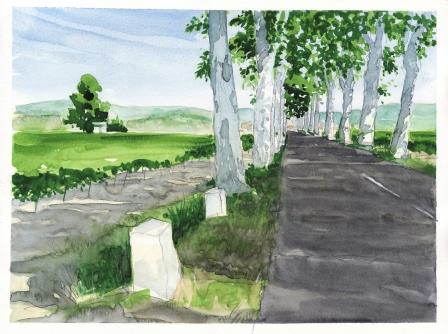
3. If someone uses a different medium than you, are your tutorials still beneficial? How so?
Certainly! If a student is happier working in acrylic, I simply adjust my subjects accordingly to help them develop their style. But, no matter which medium you’re using, an artist still needs to study light and shade, colour, composition and perspective. Medium is just one facet.
4. Is it easy to switch between paint types?
Yes – and no. I started working in oils for the first time this year and there’s a lot of new techniques and processes to learn. Fascinating though. Practice makes perfect as they say.
5. Is there a material better to paint on than others for each type of paint (paper, wood, cardboard, scrap, fabric, canvas)?
I’d say that watercolour paint will work best on a heavyweight watercolour paper. You can use acrylic on most primed surfaces from paper through to canvas. I believe that oils can also be used on most surfaces but preparation is vital and surfaces must first be painted with gesso, a priming agent.
6. Any advice for a beginner painter looking to do their first shop?
Yes, I’d say keep it simple. Buy three brushes, small, medium and large and an introductory set of around 10 paints. I recommend the SAA website (www.saa.co.uk) as they have a wide range of products and advice for all newcomers. There are some excellent tutorials on Youtube and I’m also happy to help with further advice via email.
Follow this link for more information about Simon and his painting holiday in France.
Or, feel free to explore our full range of painting holidays here.




